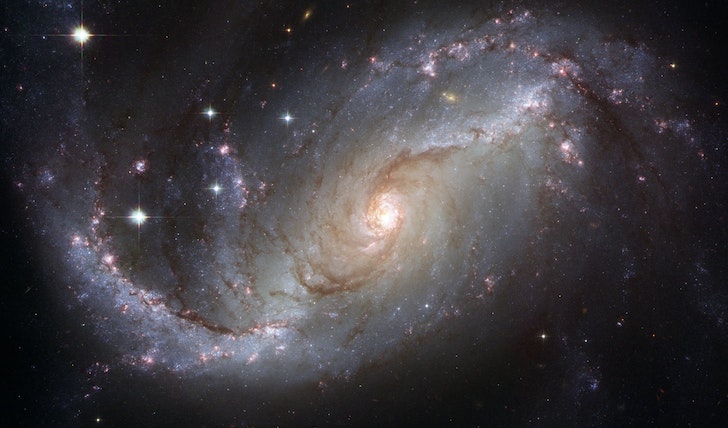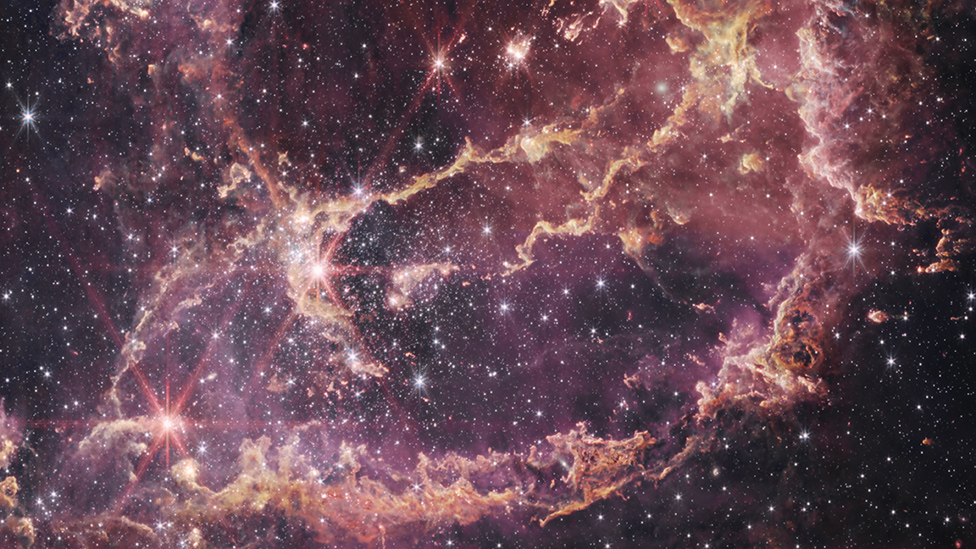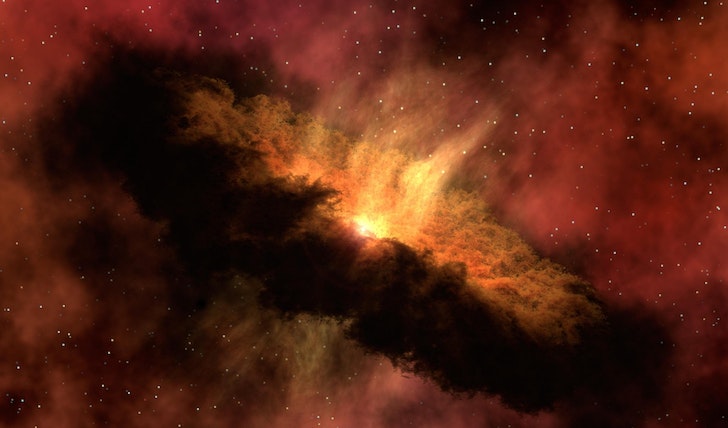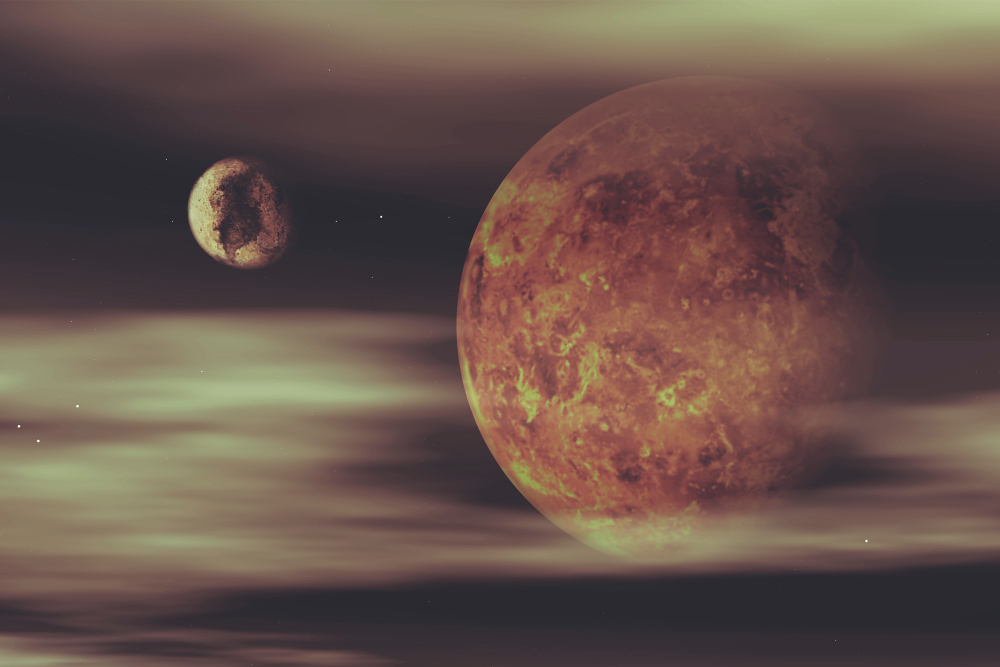Mercury retrograde is often greeted with a mix of curiosity and caution. Known for its apparent backward motion in the sky, this astrological event can significantly impact our daily lives, particularly in areas ruled by Mercury, such as communication, travel, and technology. This phenomenon occurs three to four times a year, each lasting about three weeks, during which it’s advisable to tread carefully with new ventures and communication. So, what happens when mercury is in retrograde? This comprehensive guide will explore everything you need to know about Mercury Retrograde. What Happens When Mercury Is in Retrograde? What happens when Mercury is in retrograde might feel like the universe is pressing a pause button on your plans....
Cosmic rays, mysterious particles from the cosmos, have captivated scientists and astronomers alike with their enigmatic origins and profound implications for understanding the universe. These particles, traveling at nearly the speed of light, bring tales from the far reaches of space right to our doorstep. What Are Cosmic Rays? Cosmic rays are not rays at all but rather incredibly fast-moving particles that originate from outer space. Predominantly made up of protons, these particles are remnants of atoms stripped of their electrons, revealing their bare nuclei. Earth is bombarded daily by trillions of these particles, though most are harmlessly deflected by our planet's atmosphere and magnetic field. When cosmic rays do collide with atmospheric particles, they generate...
Have you ever looked up at the night sky and wondered Where are we in the universe? This question brings forth feelings of wonder and perhaps a touch of existential awe. This comprehensive guide will explore our place in the cosmos and why Earth stands out in the vast expanse of space. Our Solar System's Structure Situated in a sprawling universe that continues to expand, we find our home on a small, rocky planet known as Earth. Nestled within the Solar System, Earth shares this celestial neighborhood with seven other planets and three dwarf planets. These celestial bodies orbit the Sun, a relatively average-sized star, which forms the center of our Solar System. The Milky Way:...
When diving into the realm of Vedic Astrology, the significance of your Moon sign in unveiling your collective essence is profound. Overshadowed by the Sun sign, your Moon sign commands the spotlight, governing your minds and encapsulating your emotional and subconscious realms. This private side, reflective of your secrets, emotional responses, and intrinsic reactions to life's multifaceted situations, offers a deeper insight into who you truly are, individually and together. Let's embark on a journey through the zodiac, exploring how each Moon sign reflects on your true selves, guiding behaviors, emotions, and life choices. Aries Moon Sign If your Moon is in Aries, you're brimming with passion, embodying a self-driven and focused demeanor. You thrive on...
In the quest for understanding the cosmic compatibility with our partners, the term Moon conjunct Venus synastry is a celestial beacon of hope, suggesting a profound connection that could be the deciding factor in meeting your soulmate. But what does this aspect entail, and how does it influence your relationship's potential longevity and depth? Let's dive into the stars to uncover the magic behind this astrological alignment. The Foundation of Synastry Before we explore the luminous path of Moon conjunct Venus synastry, let's lay down the basics. Astrology offers us a unique lens through which we can view our relationships' dynamics by comparing birth charts, a technique known as synastry. This method goes beyond the superficial...
Astrology provides a unique perspective on our personality and destiny, with Saturn playing a key role. This celestial body, known for its rings, is often overshadowed by more luminous planets but significantly influences our life's trajectory. Saturn symbolizes discipline, limitations, and responsibilities, guiding us through maturity. Understanding its place in our birth chart reveals crucial life lessons. Embracing Saturn in Aries can lead to profound personal growth and transformation. Understanding Saturn in Your Birth Chart Saturn acts as a stern teacher, emphasizing structure and order in our lives. It represents authority figures, from parents and teachers early in life to bosses and mentors as we age. Saturn's sign and house in your birth chart highlight areas...
Reflecting On The Cosmic Noon & Galaxy Formation Through NGC 346
According to astrologers, the Universe went through a mind-boggling process of star formation some 12 billion years ago. It was roughly 3 billion years after the Big Bang when Cosmic Dawn kicked in. On this day, the galaxies that surround the Universe a new set of galaxies made a debut in the galaxy. Following the Cosmic Noon, the renowned Cosmic Dawn occurred which saw an unprecedented growth of stars in the galaxy.
According to scientists and astrologers, stars continued to grow bigger and bigger – at a faster pace – on the Cosmic Dawn. Thus, this ancient era of the star’s revolution is poetically named the Cosmic Dawn. However, it is essential to understand that there is a disagreement among astrologers and scientists about Cosmic Dawn. But the unanimous agreement is that it was some 2 to 3 years after the Big Bang.

Pixabay / Pexels / Astrologers and scientists are of the belief that Cosmic Dawn occurred some 3 billion years after the Big Bang and is known as the “revolution” of stars.
Fast forward to 1826, James Dunlop, a Scottish astrologist, discovered something relevant to Cosmic Dawn: NGC 346. The Scottish astrologer discovered that there is a cluster of young stars found in the Small Magellanic Cloud (SMC.) According to astrologers, this SMC is located some 200,000 light years away from earth.
NGC 346: A Gateway to Understanding the Cosmic Dawn
However, what is fascinating about the discovery of the NCG 346 is that there is an entire process of stars formation in a nebula. This discovery gives a crystal ball of Cosmic Dawn. in other words, this discovery proves that the process of star formation is not a figment of the imagination of some scientists. Instead, it is something that actually occurs in the cosmos.

BBC / The 1826 discovery of NCG 346 – star formation in a nebula – is proof that the Cosmic Dawn is not a figment of the imagination of astrologers.
Astrologers argue that there is a “young and open cluster” of stars in the NCG 346. Here, new stars are born and old stars continue to grow at a rapid pace. Thus, this discovery hints at the billion years of discovery of the Cosmic Dawn. Since both of these are essentially the same, scientists have a clear picture of the Thus, this discovery hints at the billion years of discovery of the Cosmic Dawn.
Nevertheless, astrologers today have a more clear picture of the Cosmic Dawn thanks to the discovery of NGC 346.

Pixabay / Pexels / Astrologers believe that there were thousands of NCG 346 at the Cosmic Dawn.
One of the benefits of the discovery of NCG 346 is that scientists today understand that star formation on the Cosmic Noon was massive. Something that was much bigger that the star formation of NCG 346.
Based on the discovery of NCG 346, scientists argue that there were thousands of NCG 346 alike occurrences in the cosmos on the Cosmic Noon. At that time, millions of new galaxies – AKA stars were formed. Plus, old galaxies and stars became brighter and bigger. Similarly, other “typical” stars were much bigger than their original sizes by the time of Cosmic Dawn.
although scientists know exactly what happened on the Cosmic Dawn, it still remains au unsolved mystery today.













